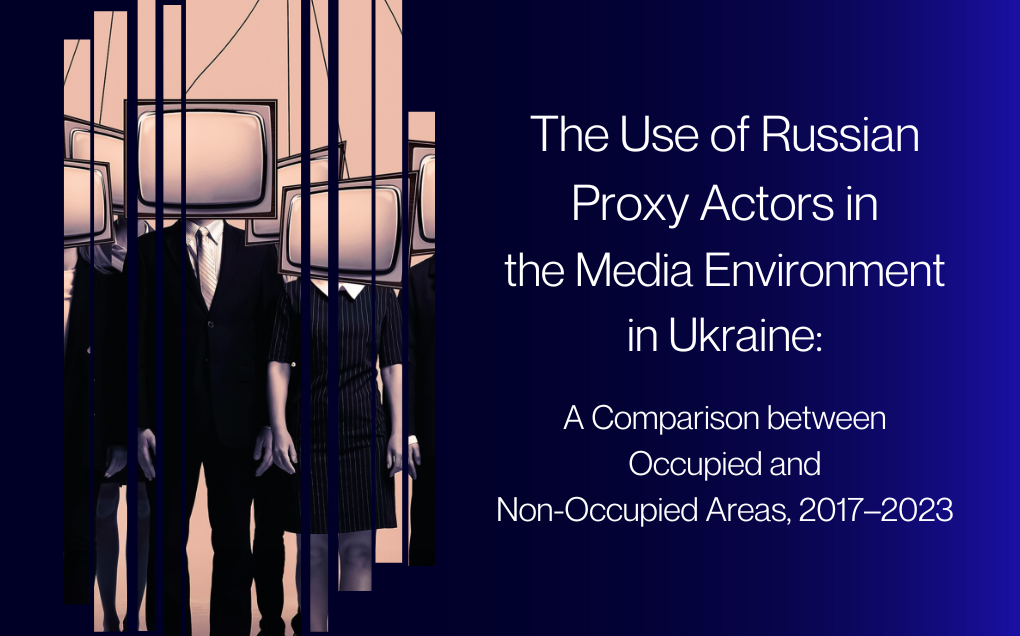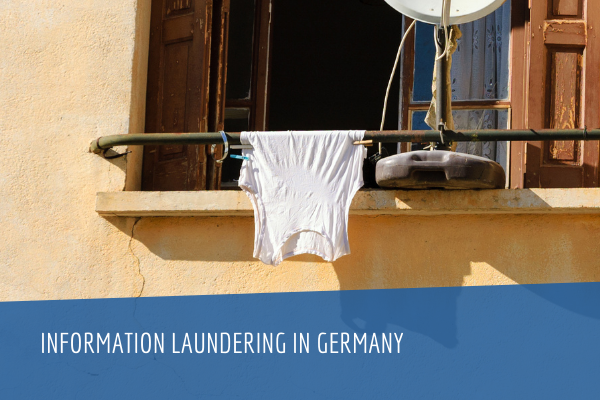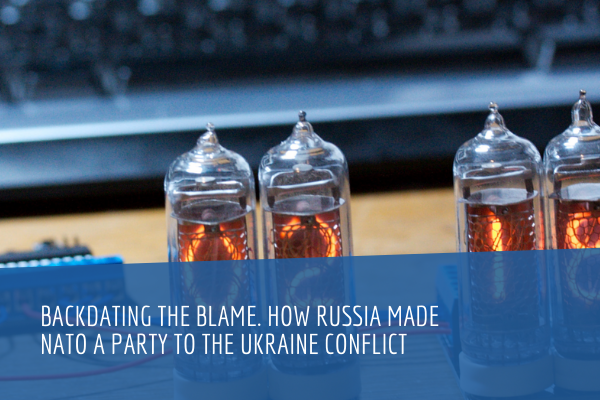This research on the use of Russian proxy actors in the media environment in Ukraine, a comparison between occupied and non-occupied areas, 2017–2023, has two parts. The first part is an analysis of the activities of Russian proxy media in the occupied territories of Ukraine, the Autonomous Republic of Crimea (ARC) and the city of Sevastopol, parts of the territories of the Luhansk and Donetsk regions (since 2014), and parts of the Zaporizhzhia and Kherson regions (since 2022). Experts have collected data on the structure of the media landscape in the occupied territories, the owners or actual controllers of local proxy media, and the key narratives they promote.
The second part of the study provides a detailed description of the chronology and system of formation of a network of Russian information influence in Telegram messenger channels and a group of Russian proxy TV channels in Ukraine. Both vectors – Telegram and the TV group – were under the control of Russian special services, thus effectively being Russian proxy media.
Russian proxy media are propaganda and disinformation resources that operate under the guise of mass media but are effectively controlled by Russian special services and political groups. The purpose of Russian proxy media activities is to exert informational-psychological influence on recipients, spread propaganda narratives, and influence political processes. Proxy media are not media in the usual sense for democratic countries – they are financially and administratively dependent on Russian sources of funding, organisations that do not adhere to journalistic standards in the occupied territories, using the informational and technological isolation of citizens from the entire world. Those proxy media that targeted the regions of Ukraine controlled by the legitimate Ukrainian government simulated compliance with professional standards, shaping the image of controlled speakers and adhering to pro-Russian narratives. Thus, formally, they worked as media, but de facto, as propaganda machines.






